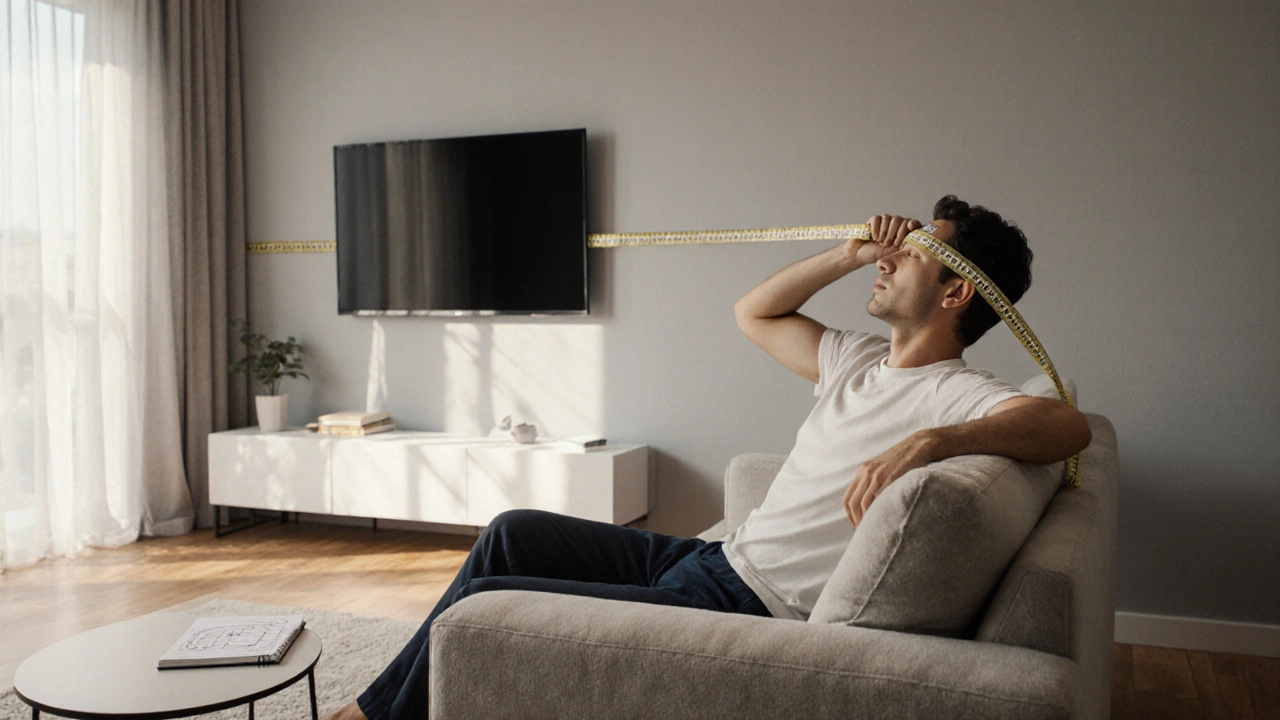Optimal TV Viewing Height – The Simple Guide to Perfect Screen Placement
When working with optimal TV viewing height, the ideal distance from the floor to the centre of your screen that lines up with your natural eye level. Also known as ideal screen height, it helps cut neck strain and makes the picture look clearer. Choosing the right TV stand size, the width and height of the furniture that holds your TV is the first step, because the stand sets the baseline for the whole setup. A low coffee table height, the measurement from floor to the top of the table in front of your couch can force you to look down too far, undoing the benefit of a correct TV height. Likewise, aligning the screen with your eye level, the height at which your eyes naturally sit when seated creates a natural viewing line that limits neck flexion. In short, optimal TV viewing height links eye level, stand size and coffee table height into a single ergonomic picture.
Why Height Matters for Comfort and Picture Quality
Beyond comfort, the right height influences how your brain processes the image. When the screen sits too low, your eyes tilt downward, which compresses the perceived vertical field and can make details look flatter. Too high, and you end up looking up, causing eye fatigue after a few episodes. The relationship between screen size and viewing distance also plays a role: a 55‑inch TV viewed from about 2.5‑3 metres works best when the centre is roughly 42‑45 inches off the floor for an average seated eye level of 42 inches. This trio—screen size, viewing distance, and height—forms a practical rule that many interior designers follow. It also explains why wall‑mount alternatives, like floating shelves or ceiling rigs, need careful measurement; without the correct height, even a sturdy mount won’t save you from a sore neck.
Putting the pieces together is easier than you think. Start by measuring the height of your couch seat; most UK sofas sit between 18‑20 inches from floor to seat. Add the average eye‑to‑seat offset of about 22‑24 inches—that’s where your eyes sit when you’re relaxed. The result gives you the target centre‑of‑screen height. Next, pick a TV stand that positions the screen within a few inches of that target. If a stand is too short, consider a riser or a wall mount with an adjustable arm. Finally, check the coffee table height; a standard coffee table sits around 16‑18 inches high, which works well when the TV centre is at eye level. Adjust the table or use a lower ottoman if needed, ensuring the line of sight stays level.
Now that you’ve got the math and the basics, the next step is to see how the articles below expand on each piece of the puzzle. From detailed guides on selecting the perfect TV stand size to tips on avoiding common wall‑mount pitfalls, the collection covers every angle of a comfortable, stylish viewing setup. Dive in to fine‑tune your room, boost ergonomics, and enjoy movies without a sore neck.
TV Wall Mount Height: High vs Low - Which Is Best?
Find out whether a high or low wall‑mount is best for your TV. Learn how to measure eye level, weigh room factors, avoid common mistakes, and install safely.
View more